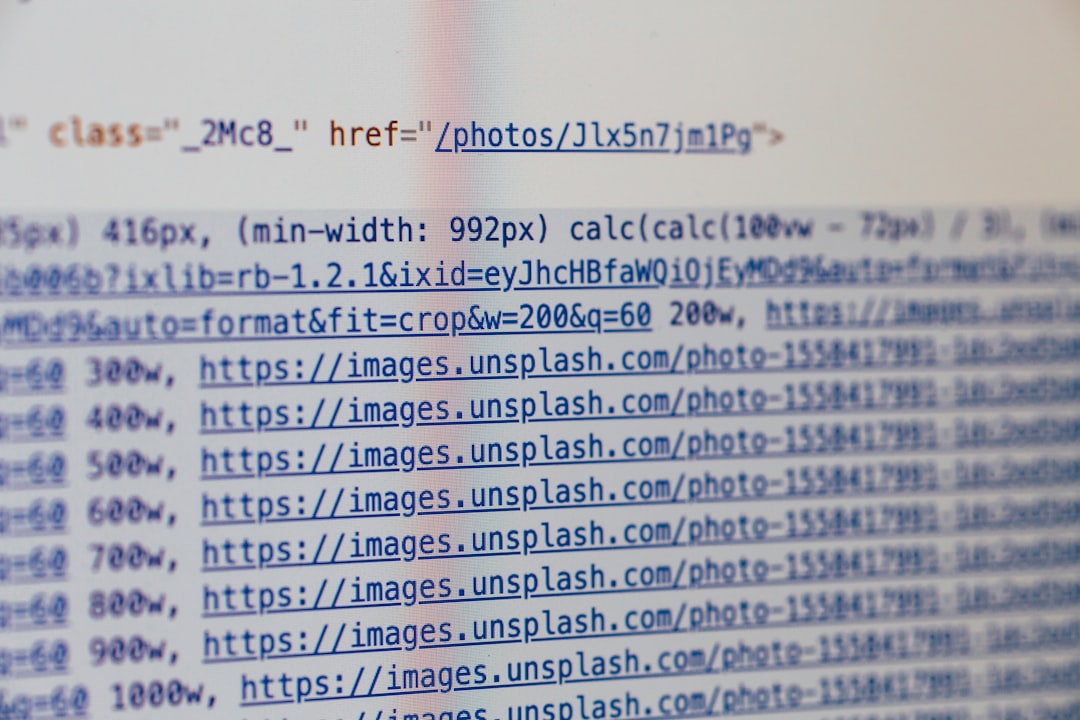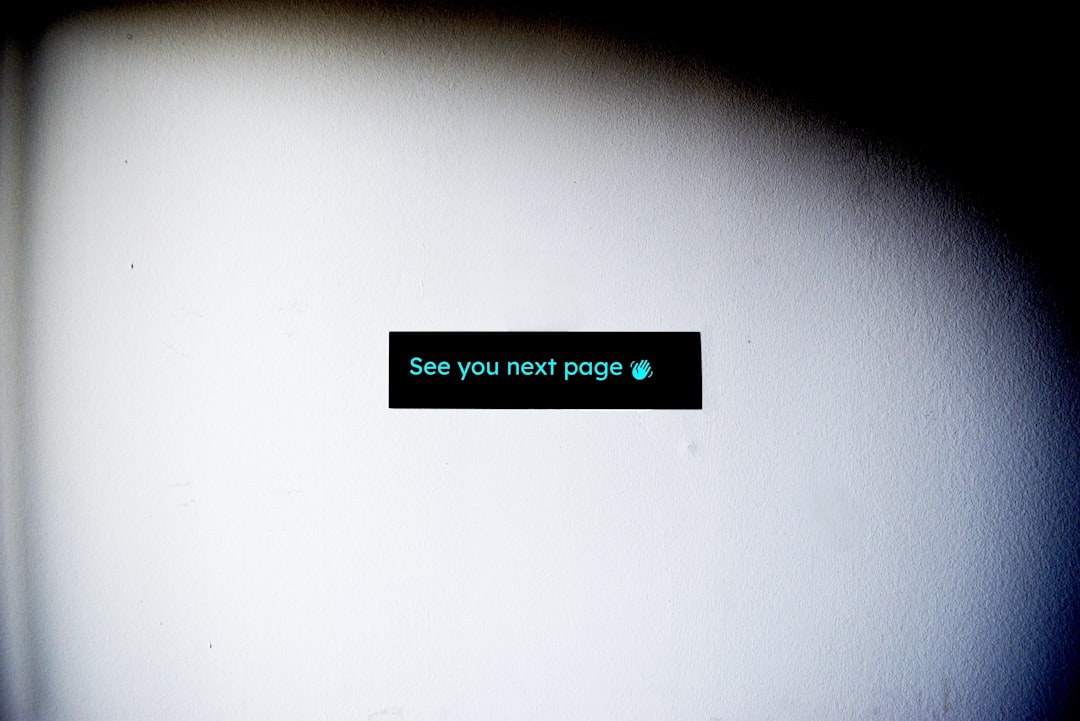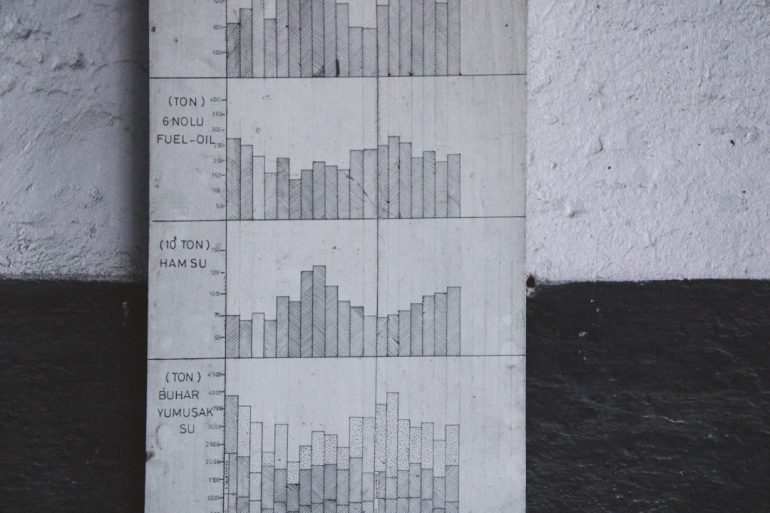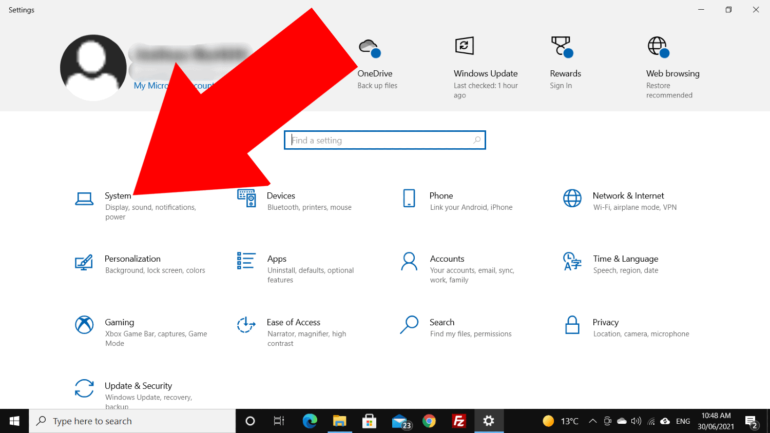404s, 410s, and Redirects: Cleanup That Lifts SEO (2025)
Every high-performing website shares at least one key trait: technical cleanliness. Just as clutter in a workspace dampens productivity, accumulated technical errors can choke a website’s ability to rank. Among these errors, the mistreatment of 404 and 410 response codes, and mismanagement of redirects, can become silent killers of organic traffic. Ensuring your website doesn’t fall into this trap is essential. As we enter 2025, Google’s algorithm continues to evolve toward rewarding sites that not only deliver value but also maintain a seamless technical structure. Understanding how to properly manage these status codes is no longer optional—it’s essential for your SEO success.
Understanding 404s and 410s: What’s the Difference?
Table of Contents
You’ve likely encountered several 404 pages across the web. A 404 Not Found error occurs when the server can’t find the requested URL. It’s the web’s way of saying, “I don’t know where that page went.” Search engines interpret 404s by rechecking the page over time—essentially waiting to see if it becomes available again. On the other hand, a 410 Gone status code signals that the page is gone permanently. There’s no point in returning. This subtle difference carries significant implications for SEO.
Why does this matter? Because when you use a 410 response correctly, you send a clear message to Google that the content is never coming back. This allows search engines to quickly de-index the page, helping to clean and refine your crawl budget. In contrast, leaving a high number of 404s littered across your domain makes Google keep trying to recrawl the useless URLs, wasting resources.

Reasons to Use 410 Instead of 404
If you’ve removed content intentionally—say, a discontinued product or an obsolete blog post—using a 410 Gone response rather than a 404 can offer measurable SEO improvements. Let’s look at some situations where a 410 makes sense:
- Old Campaign Pages: Seasonal or time-sensitive campaigns that are no longer supported.
- Duplicate Content: Pages with poor rankings or content that has been merged elsewhere.
- Spam URLs: URLs created via malicious bots or hacks that should be permanently eradicated.
- Obsolete Blog Posts: Outdated guides or news articles that are no longer accurate or useful.
Redirects: 301 vs 302 and Why They Matter
Redirects signal both users and search engines that content has moved elsewhere. A 301 redirect tells the browser the move is permanent, whereas a 302 redirect suggests a temporary relocation. Google generally passes nearly all link equity from a 301 redirect to the new page—something that was not always true in years past.
Choosing the right redirect type is crucial:
- 301 Permanent Redirect: Best for content that has changed its location permanently or when a site migrates to a new domain.
- 302 Temporary Redirect: Suitable for A/B testing or minor, reversible changes.
Mistakes in redirect strategy can cost you dearly. For example, if you use a 302 redirect for a permanent page move, search engines may not transfer rankings and trust signals to the new URL, essentially downgrading its ability to rank.
How 404s, 410s, and Redirects Affect SEO
Let’s look at direct SEO implications. When Googlebot encounters a universe of 404s or redundant redirects, it hampers the crawling process—especially for large websites. This misuse can result in:
- Inefficient Crawl Budget: Google spends unnecessary time crawling dead or temporary links.
- Index Pollution: Old or low-quality pages remain visible in the search index.
- Loss of Link Equity: Links pointing to deleted or mismanaged pages may lose their SEO value.
Whereas cleaning these issues up not only improves crawl efficiency but helps elevate rankings across your entire site. It’s worth investing in a system to log and diagnose non-200 HTTP responses on a regular basis.
Best Practices for Managing Deleted or Moved Content
Here’s what an SEO-friendly cleanup process looks like in today’s increasingly competitive digital environment:
- Audit All Broken URLs: Use tools like Screaming Frog, Ahrefs, or Google Search Console to identify where 404s or soft 404s are located.
- Replace or Redirect Strategically: If a page is obsolete, consider redirecting it to a similar, relevant URL with a 301 status.
- Use 410s Judiciously: When there’s nothing to redirect to and the content is permanently gone, opt for a 410 response.
- Monitor and Re-evaluate: Set up automated alerts for 404 spikes and revisit redirect rules as your content library evolves.

Case Studies: What Happens When You Clean House
One mid-size e-commerce client had accumulated over 3,500 404 errors from discontinued products and URL structure changes from years back. By identifying pages with no viable replacement, the team issued 410 responses. Where older URLs had modern equivalents or replacement products, 301 redirects were implemented. Four key outcomes were observed within 90 days:
- 32% improvement in crawl efficiency as reported by Google Search Console.
- Reduced index bloat, with legacy pages finally removed from SERPs.
- 15% increase in organic traffic driven to the updated or redirected URLs.
- Improved internal linking clarity, due to broken links being repaired or removed.
This pattern has played out across industries—from publishing to SaaS—highlighting the power of meticulous URL hygiene.
Tools That Can Help in 2025
Several modern tools can assist with managing your 404s, 410s, and redirects more effectively. These include:
- Google Search Console: Offers crawl error reports and insights into how Google sees your site structure.
- Screaming Frog: An excellent desktop crawler to run detailed audits and find broken links or faulty redirects.
- Log File Analyzers: Use these to understand which URLs are being hit by bots and how often.
- Redirect Plugins: If you’re on WordPress, tools like Redirection or Rank Math help manage redirects with minimal effort.
These tools, combined with regular audits, empower digital teams to maintain a clean backend and boost overall search performance.
The Bigger Picture: Why This Matters More in 2025
As Google experiments with AI-driven search approaches—like its Search Generative Experience (SGE)—the importance of a technically sound website infrastructure grows. Not only does a clean crawl profile help with rankings, but it lays the groundwork for better UX, faster page speeds, and proper URL signals—components Google increasingly rewards.
Additionally, more search activity is now occurring off the traditional SERP: via voice, AI summaries, and zero-click results. This means that having a correct redirect or status code could be the invisible hand that ensures your brand doesn’t disappear from relevance in these emerging result formats.
Conclusion: Clean Websites Win
404s, 410s, and redirects aren’t just about fixing broken links—they’re vital components in the architecture of modern SEO. Especially in 2025, where search is leaner, smarter, and more reliant on clarity and quality. Proactive cleanup of these technical issues delivers measurable benefits, from boosting rankings to reclaiming lost link equity.
As search engines get smarter, they’re less forgiving about lax maintenance. The time to clean up is now. Treat 404s and 410s as what they are: signals. Manage them wisely, and your website won’t just survive algorithm updates—it will thrive because of them.







